5 of the best day-trips from Rome in Rome
1) Fossanova Abbey
About 100 km Southeast of Rome, this Cistercian monastery is considered the archetype of the Burgundian Early Gothic style in Italy. The complex develops around a magnificent cloister, with the refectory and the monks’ cells. The church naves are unadorned and austere yet very elegant, with pointed arches, high vaults, and rose windows. This is where the Dominican Thomas Aquinas died on March 7, 1274.
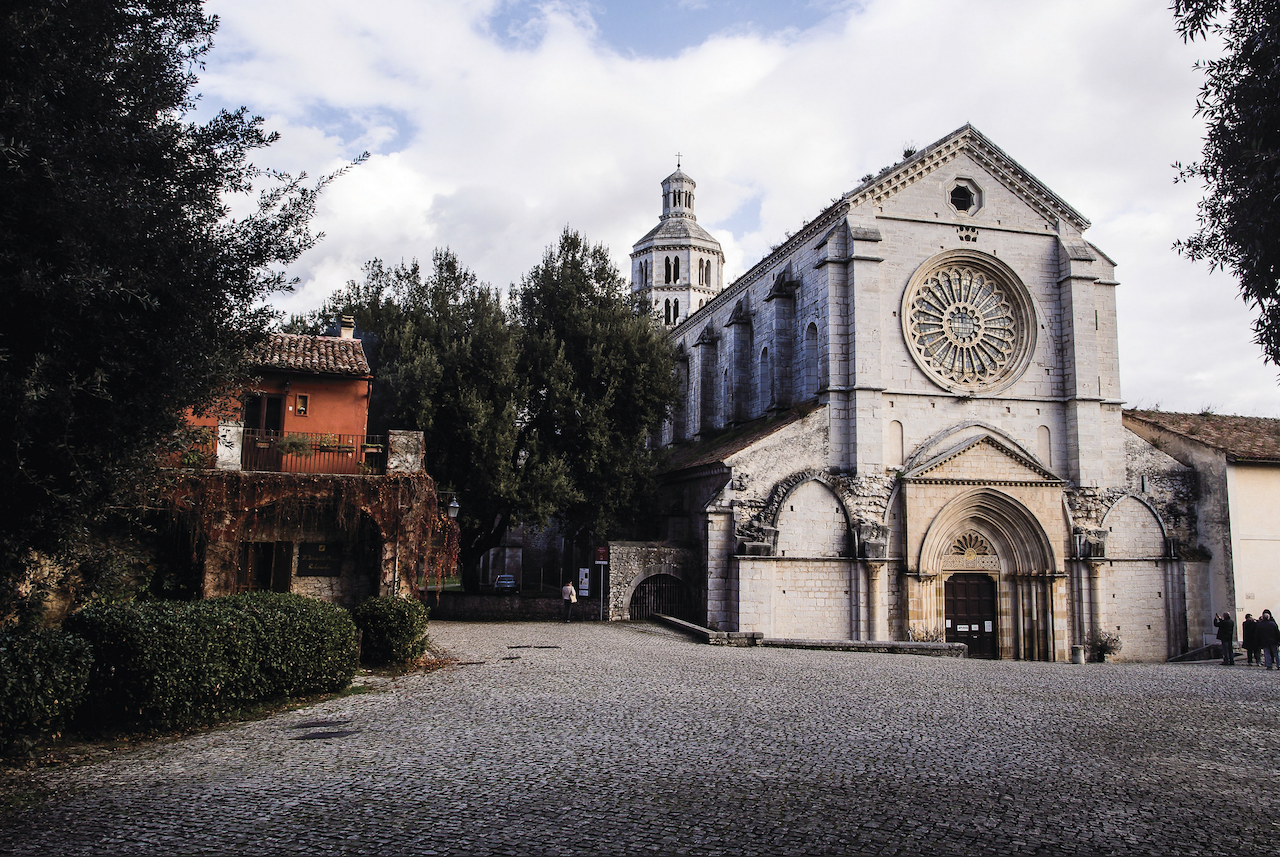
Roel Hendrickx
2) Ninfa Garden
You’d think this huge garden had been photoshopped if you saw it as a screensaver. It gets its name from an ancient temple to the nymphs, and the river Nymphaeus, a natural spring that bubbles on its grounds. In the Middle Ages it was a thriving municipality. Today, it’s a verdant ghost town, with plants and ivy growing on and around a castle, churches, and dwellings.
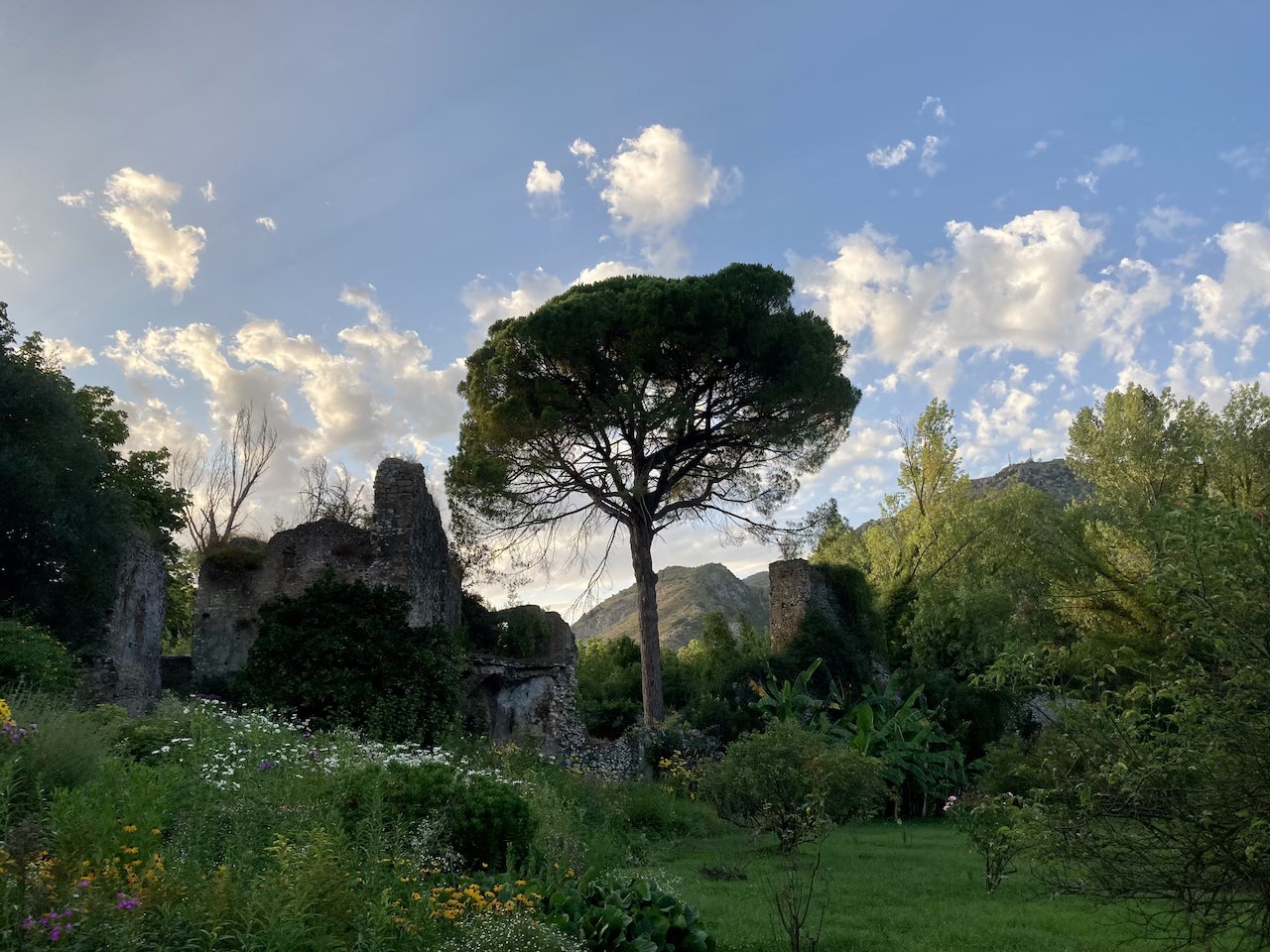
More hidden secrets of Rome?
Hundreds of places to go and things to do, handpicked by two Rome locals. Discover the Eternal City off the beaten track with this one-of-a-kind guide.
3) Caprarola
Caprarola is a Medieval village nestled in the volcanic Cimini hills north of Rome, home to the Renaissance Villa Caprarola, or Villa Farnese as it’s also known, famous for its pentagonal floorplan, stunning hillside garden, and Mannerist frescoes that include detailed continental maps.
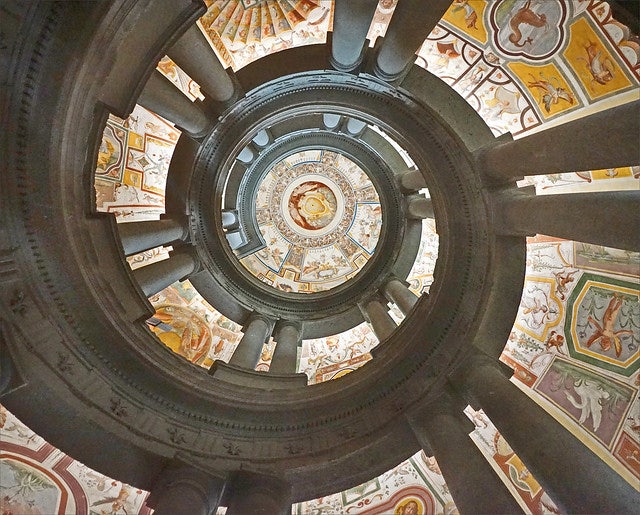
4) 'The Dying City'
Perched atop a hill among the valleys formed by the Chiaro and Torbido rivers, the Medieval town of Civita di Bagnoregio clings to the edge of a cliff. Much of the town’s edges have crumbled as the foundation has eroded over the centuries, earning it the nickname ‘the dying city’. Roughly a dozen people still live here. It’s reachable only by an elevated footbridge.
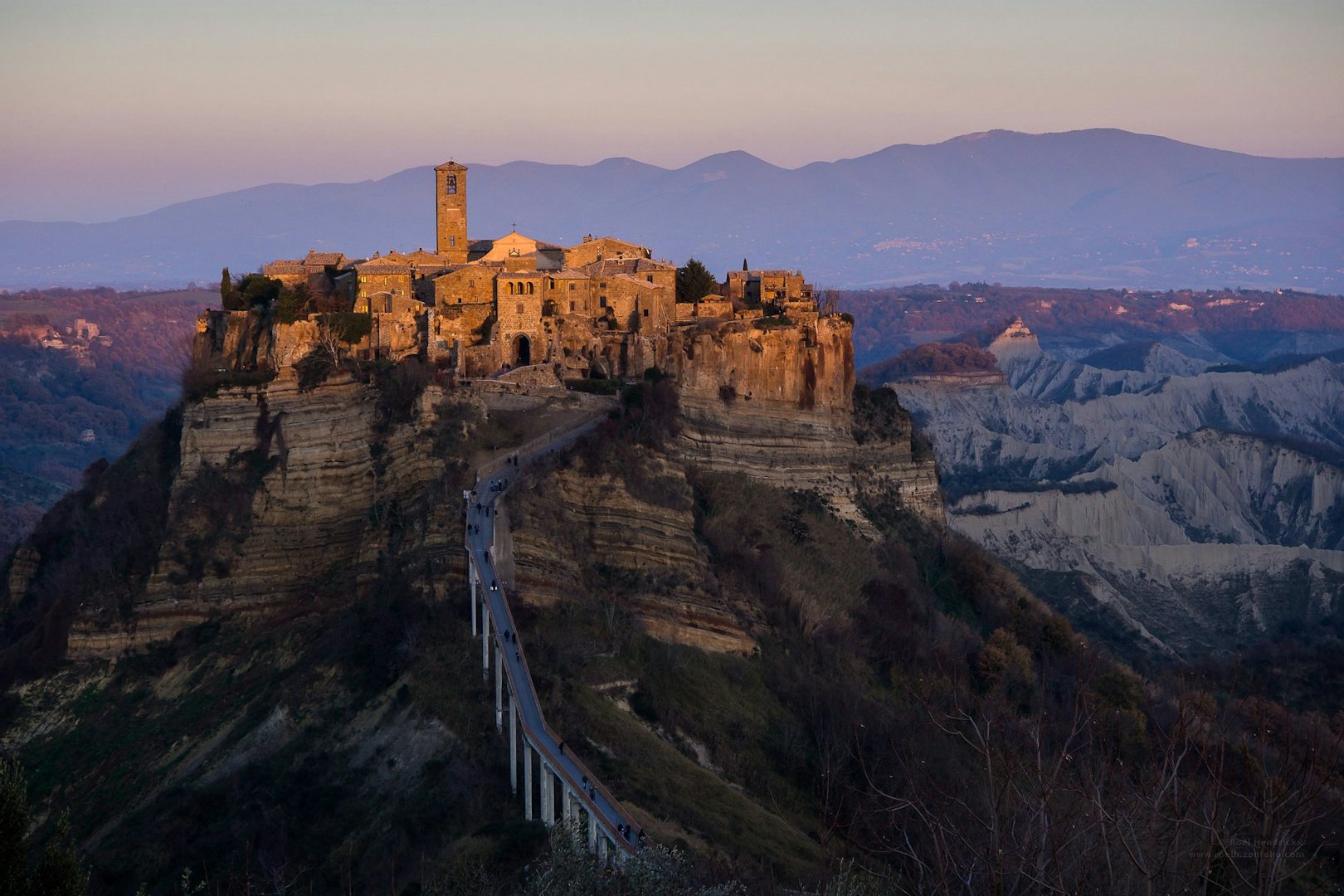
5) Vulci
This once prominent Etruscan city fell into obscurity with the rise of the Roman Empire. Then, in the 19th century, thousands of spectacular, ornate tombs were discovered, putting the site back on the map. Today you can visit the museum, and walk for hours around the ruins, which include the Ponte dell’Abbadia, a bridge with Etruscan foundations that were built upon by the Romans, who incorporated an aqueduct.
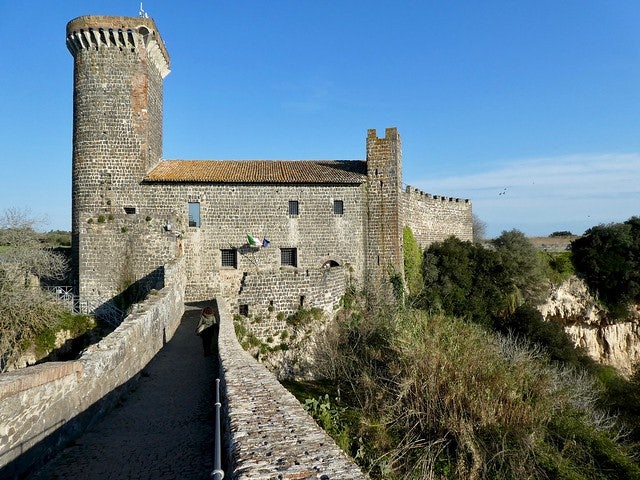
More hidden secrets of Rome?
Hundreds of places to go and things to do, handpicked by two Rome locals. Discover the Eternal City off the beaten track with this one-of-a-kind guide.
JOIN THE HIDDEN SECRETS SOCIETY
Unlock a world of hidden gems. Sign up for free and gain access to over 4,000 addresses on our website. Plus, enjoy a 10% discount on all print guides and ebooks. Start exploring today!
Already a member? Log in. |
New here? Sign up. |